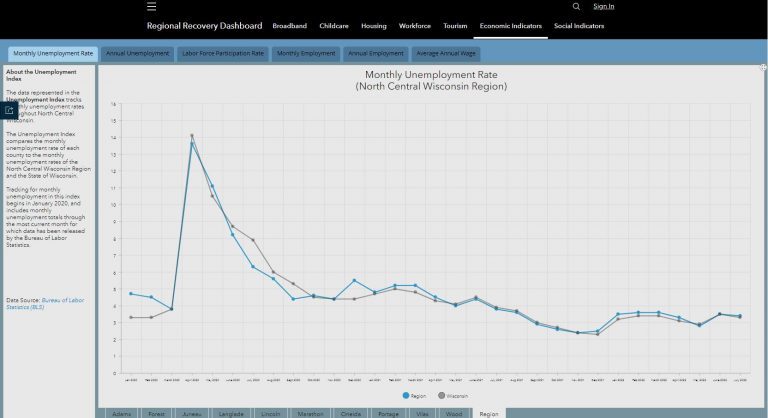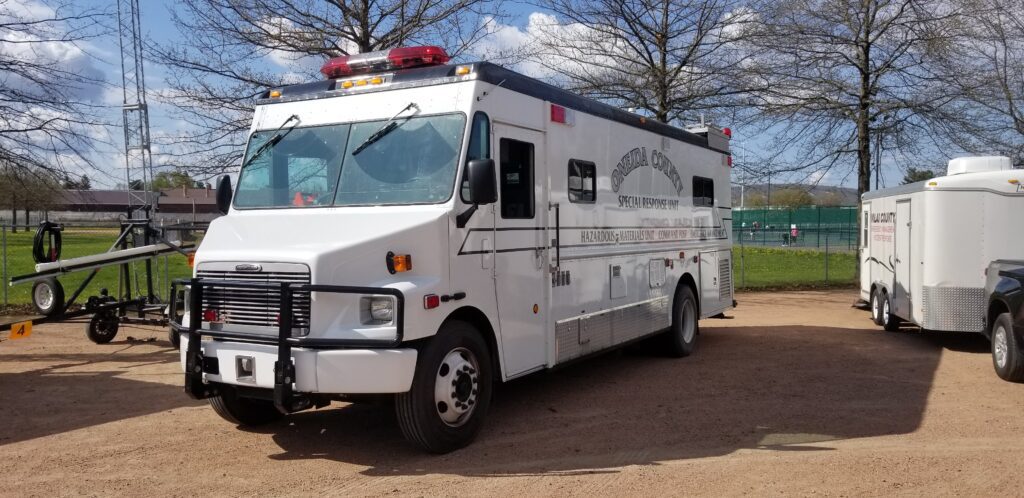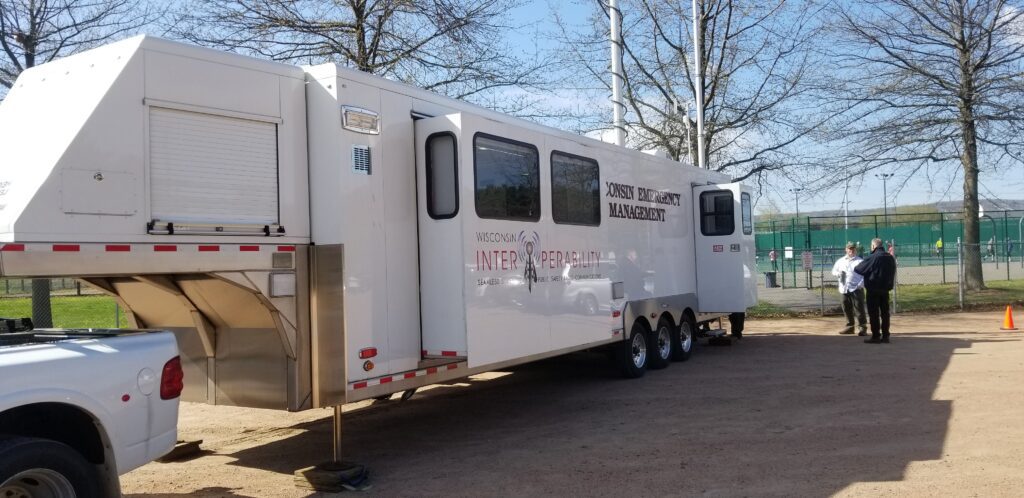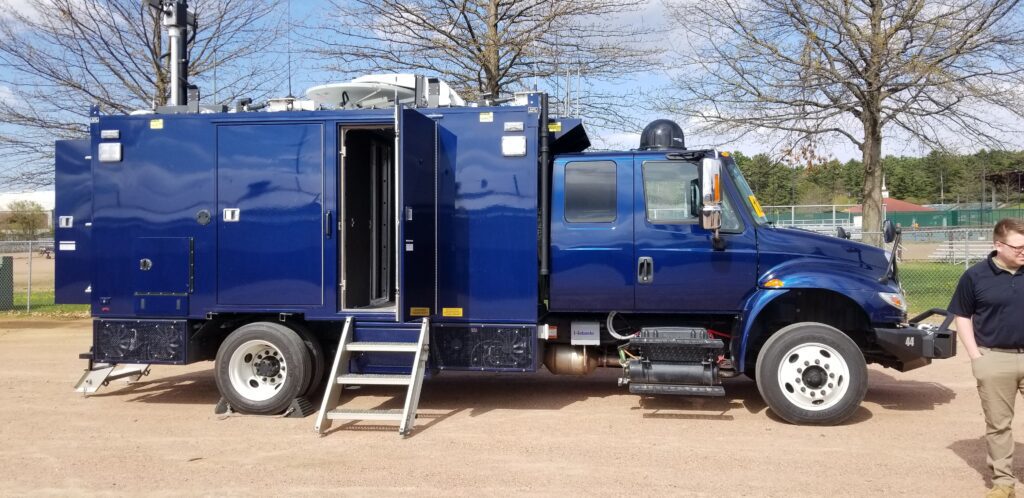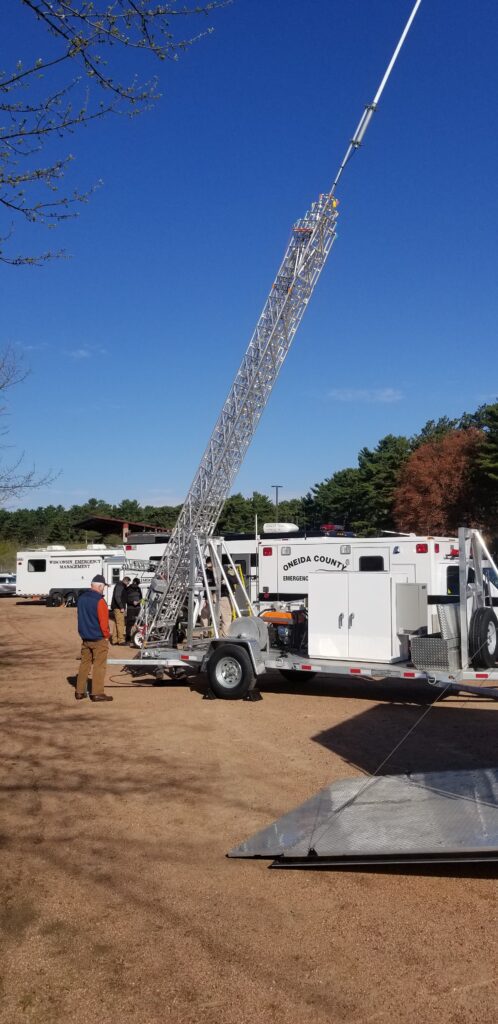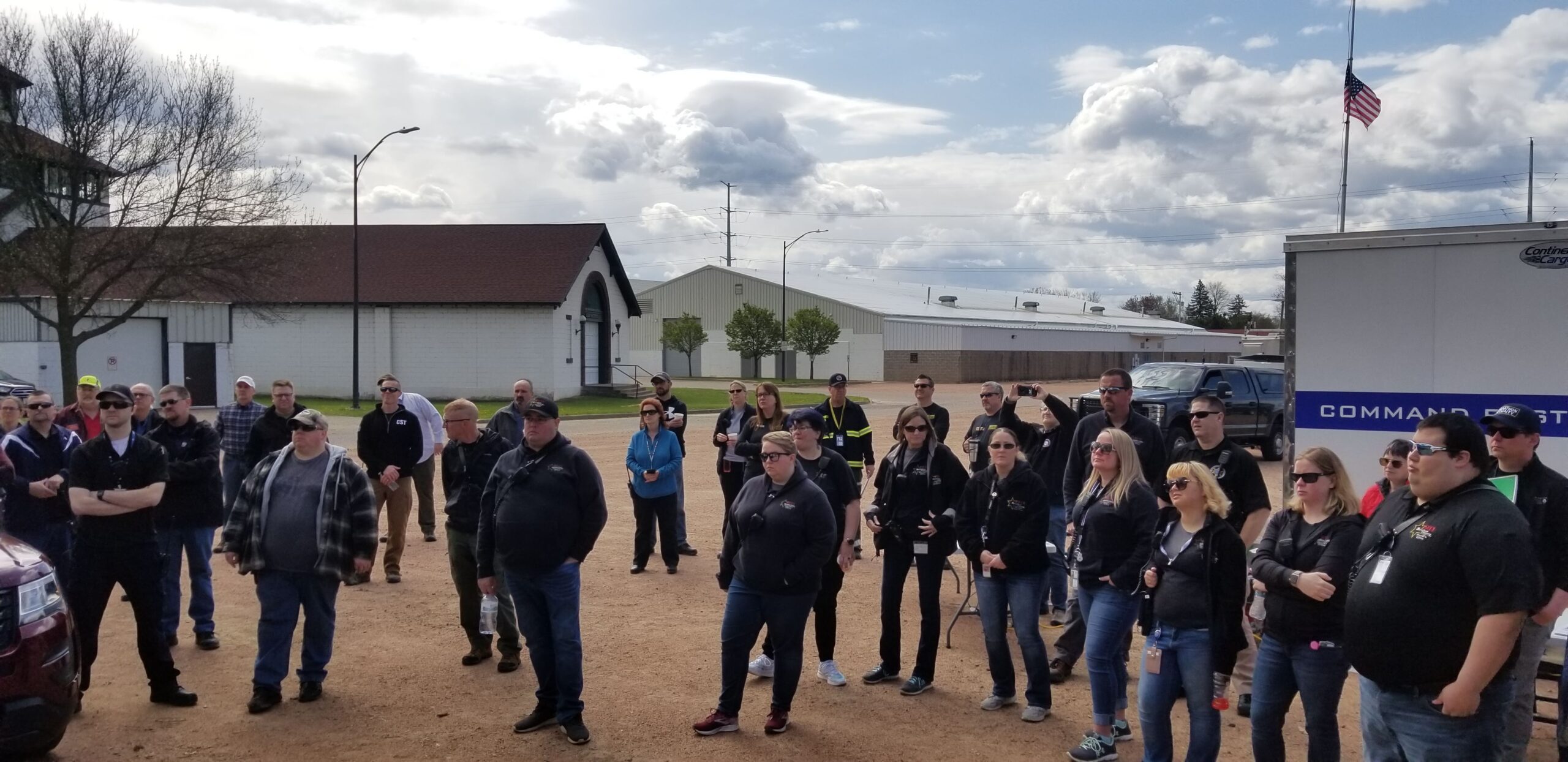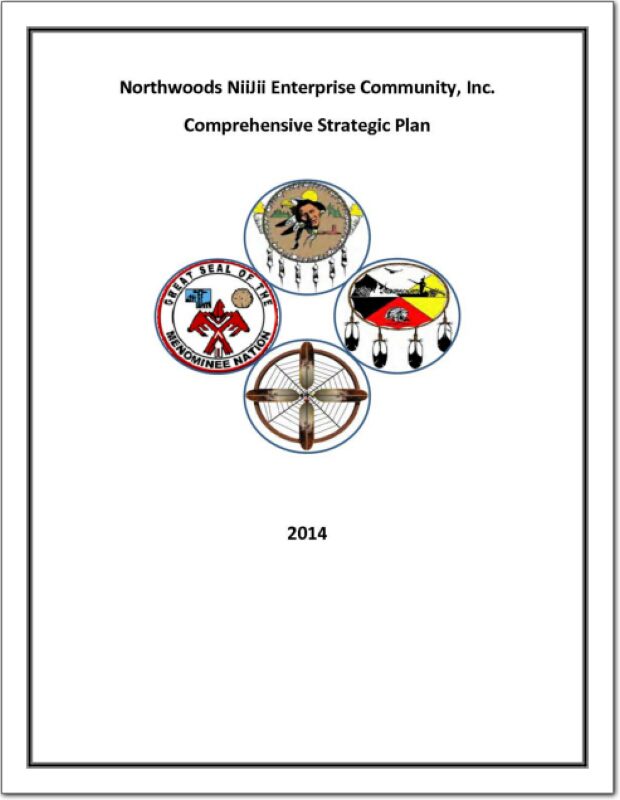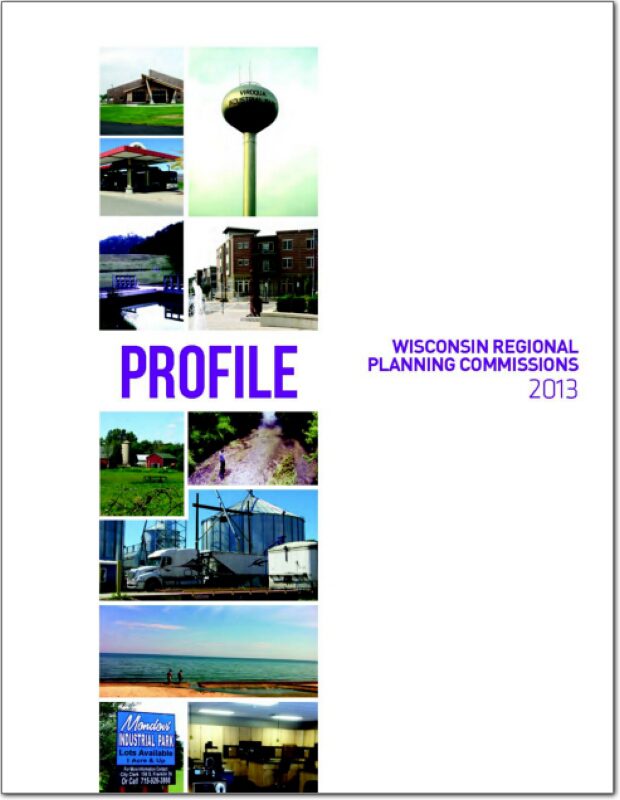The NCWRPC is available to conduct specialized studies on request. In the past, the NCWRPC has completed studies such as merging ambulance services, community consolidation studies, economic impact analysis, and a juvenile detention study.
In addition, the NCWRPC serves as the Regional Clearinghouse and reviews all applications for federal and state assistance throughout the ten-county region for their compatibility with existing plans and programs in the area.
Framework for Regional Development:
The Framework is the NCWRPC’s master plan for the physical development of the Region. This plan creates a framework for consistency and coordination in the preparation of county & local landuse plans.
Forum for Exchange:
The NCWRPC acts as a forum through which different counties and municipalities can communicate with each other about common problems and issues that cross borders. The NCWRPC is designated as an economic development district by the U.S. Economic Development Administration and as a rural transportation planning organization by WisDOT to coordinate economic development and transportation strategies on a regional basis with cooperative efforts to solve local problems.
Intergovernmental Agreements:
The NCWRPC can assist in the development of intergovernmental agreements including cooperative boundary agreements and planning. Intergovernmental agreements can be as simple as agreeing to conduct joint plan commission meetings, share police and fire services, or as complex as tax revenue sharing, and redefining municipal boundaries. Two basic types of agreements are authorized under s.66.023 & s.66.30 WI Stats. Other specialized agreements are possible under a variety of specific statutes.
Cooperative Boundary Agreements – 66.023
The agreement may change boundaries pursuant to an order by the WisDOA. The change is based on a detailed plan. The statute allows the incorporation of a wide variety of other planning tools. These agreements provide flexibility for annexation, zoning, revenue sharing and other inter-municipal activities.
General Agreements – 66.30
A contract between municipal entities to set boundaries or other shared municipal services. Boundaries are set and the parties either commit to maintain them or to allow growth to some ultimate boundary. Agreements may also contain provisions for revenue sharing.
| Title | Location | Date | hf:categories |
|---|
| Take the Broadband Speed Test | Statewide | April 3, 2023 | statewide |
| Wisconsin Regional Orthoimagery Consortium (WROC) | Adams, Affiliated, Forest, Juneau, Langlade, Lincoln, Marathon, Multi-County, Oneida, Portage, Regional, Statewide, Vilas, Wood | November 29, 2021 | adams affiliated forest juneau langlade lincoln marathon multi-county oneida portage regional statewide vilas wood |
| NCWSC | Affiliated, Multi-County, Regional | January 8, 2021 | affiliated multi-county regional |
| NEWCOM | Affiliated, Forest, Langlade, Lincoln, Marathon, Multi-County, Oneida, Portage, Regional, Vilas, Wood | January 8, 2021 | affiliated forest langlade lincoln marathon multi-county oneida portage regional vilas wood |
| NRTC | Affiliated, Multi-County, Regional | December 29, 2020 | affiliated multi-county regional |
| AWRPC | Affiliated, Multi-County, Regional | December 1, 2020 | affiliated multi-county regional |
| NRTC | Multi-County | November 30, 2020 | multi-county |
| Adams County Strategic Plan | Adams | October 1, 2019 | adams |
| Adams-Juneau Flood Resiliency Study | Adams, Juneau | December 1, 2018 | adams juneau |
| Wisconsin Regional Planning Commissions – 2013 Profile | Multi-County, Regional | January 1, 2013 | multi-county regional |
| Long-Term Power Outage Preparedness in Wisconsin | Statewide | October 1, 2010 | statewide |
